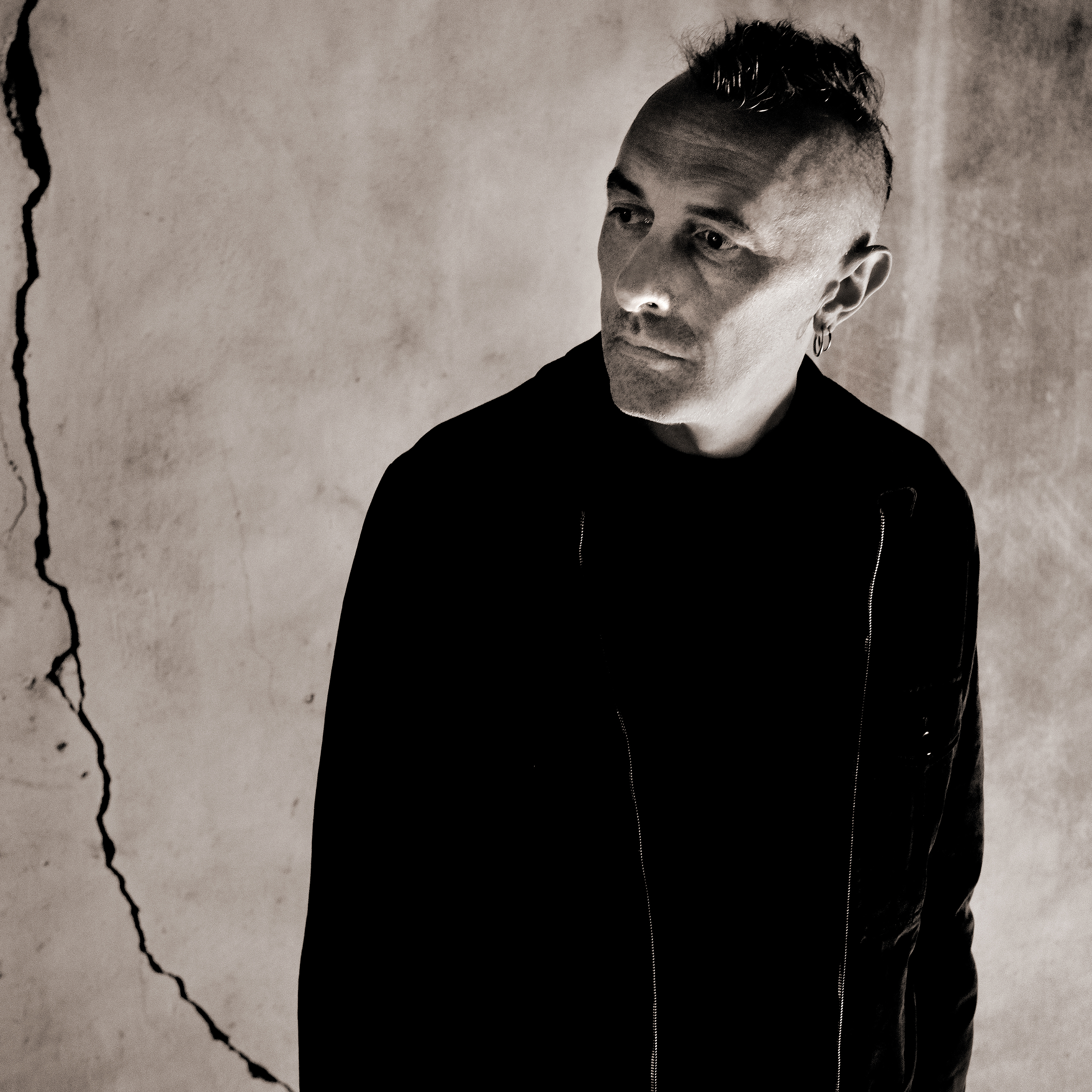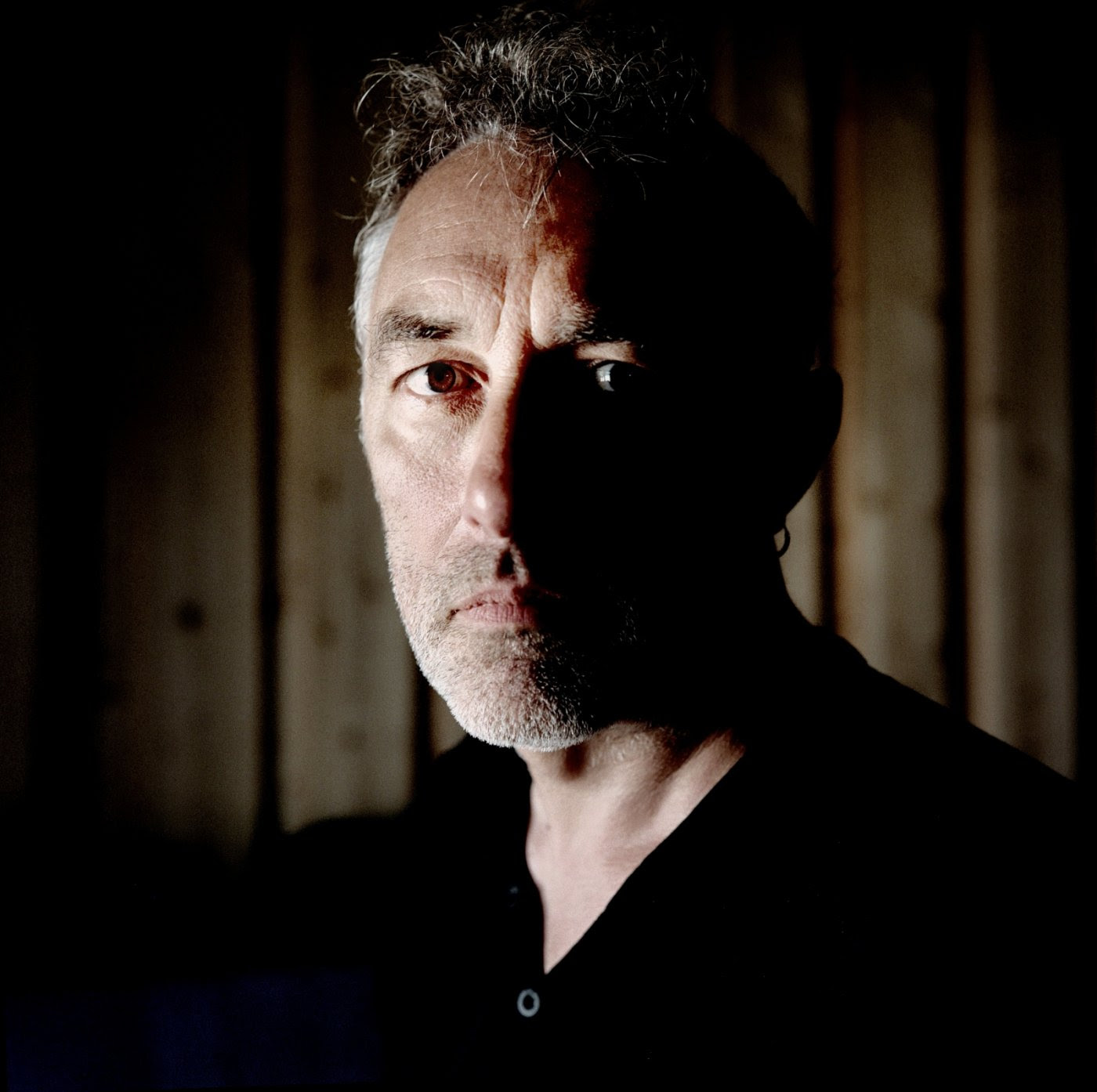Ticket Link for The Wiltern on June 7th!
https://concerts.livenation.com/yann-tiersen-kerber-tour-los-angeles-california-06-07-2022/event/09005B512C4F53EF
RECOMMENDS
YANN TIERSEN NEW SINGLE
FROM THE FORTHCOMING ALBUM
11 5 18 2 5 18 OUT JUNE 10 ON MUTE
NORTH AMERICAN TOUR BEGINS JUNE 1, 2022
Yann Tiersen today shares a new single, “13 1 18 25 (6 5 1 20. 17 21 9 14 17 21 9 19),” the latest to be taken from his forthcoming album, 11 5 18 2 5 18. The record is available June 10 via Mute on CD and digital platforms. A limited edition clear double vinyl with etching will follow on September 30.
LISTEN TO TWO NEW TRACKS
Listen to “13 1 18 25 (6 5 1 20. 17 21 9 14 17 21 9 19)” here.
Pre-order 11 5 18 2 5 18 here.
The new album, 11 5 18 2 5 18 was born from experimentation in the studio ahead of a performance at Superbooth, Berlin’s modular and synthesizer festival. With more time than usual to prepare for his live set, Tiersen found himself in his Eskal Studio on the French island of Ushant completing the story he started with 2021’s Kerber – presenting a beautifully textured and highly immersive electronic world.
Using samples as his source, Tiersen has resampled, reprogrammed, and recomposed audio to create entirely new tracks unrecognizable and decontextualized from their original versions. Where Kerber took a more nuanced and subtle approach to the electronics, 11 5 18 2 5 18 brings the listener into new sonic spaces and – as recent live performances can attest – these spaces include the dance floor.
Yann Tiersen will embark on an extensive, electronics-heavy tour this June in support of 11 5 18 2 5. Planned dates include stops across The United States, Mexico, Canada, and Europe throughout the year. Full dates below. Purchase tickets here.
NORTH AMERICAN TOUR BEGINS JUNE 1
Yann Tiersen 2022 Tour
June 1 – Mexico City, Mexico – Auditorio Nacional
June 2 – Queretaro, Mexico – Auditorio Josefa Ortiz de Dominguez
June 3 – Guadalajara, Mexico – Teatro Diana
June 4 – Monterrey, Mexico – Auditorio Pabellón M
June 7 – Los Angeles, CA – The Wiltern
June 8 – Berkeley, CA – UC Theatre
June 9 – Portland, OR – McMenamin’s Crystal Ballroom
June 11 – Vancouver, BC – Vogue Theatre
June 12 – Seattle, WA – Neptune
June 15 – Chicago, IL – Metro
June 16 – Detroit, MI – The Crofoot Ballroom
June 17 – Toronto, ON – Phoenix Concert Theatre
June 18 – Montreal, QC – MTELUS
June 20 – Quebec, QC – Palais Montcalm
June 22 – Somerville, MA – Somerville Theatre
June 24 – Brooklyn, NY – Brooklyn Steel
June 25 – Washington, DC – 930 Club
Listen to “16 15 21 12 12. 2 15 10 5 18”
Listen to “11 5 18 2 5 18”
Pre-order 11 5 18 2 5 18 here. The CD format is packaged in a card pack with spot gloss varnish while the limited edition double clear vinyl features an etching on one side.
———————-
 With his whimsical, melancholy music, Yann Tiersen has become a sought-after composer, not only for his soundtrack work, but in his own right. Borrowing from French folk music, chanson, musette waltz, and street music, as well as rock, avant-garde, and classical and minimalist influences, Tiersen’s deceptively simple style has been likened to Chopin, Erik Satie, Philip Glass, and Michael Nyman. The Paris-based composer became popular outside his native country for his score to Jean-Pierre Jeunet’s Amélie, but like most seemingly overnight successes, he had been working for years before the film’s success brought him international acclaim. Born in Brest in Brittany on June 23, 1970, Tiersen was raised in Rennes and made a name for himself as one of the star pupils at his local conservatory (despite middling academic grades). Tiersen studied violin and piano from the ages of six to 14, and eventually trained to be a conductor. However, Tiersenrebelled against his classical training and, inspired by the likes of Joy Division and the Stooges, played guitar with several local post-punk-influenced bands during his later teenage years.
With his whimsical, melancholy music, Yann Tiersen has become a sought-after composer, not only for his soundtrack work, but in his own right. Borrowing from French folk music, chanson, musette waltz, and street music, as well as rock, avant-garde, and classical and minimalist influences, Tiersen’s deceptively simple style has been likened to Chopin, Erik Satie, Philip Glass, and Michael Nyman. The Paris-based composer became popular outside his native country for his score to Jean-Pierre Jeunet’s Amélie, but like most seemingly overnight successes, he had been working for years before the film’s success brought him international acclaim. Born in Brest in Brittany on June 23, 1970, Tiersen was raised in Rennes and made a name for himself as one of the star pupils at his local conservatory (despite middling academic grades). Tiersen studied violin and piano from the ages of six to 14, and eventually trained to be a conductor. However, Tiersenrebelled against his classical training and, inspired by the likes of Joy Division and the Stooges, played guitar with several local post-punk-influenced bands during his later teenage years.
At the same time, Tiersen was also composing soundtracks for short films and accompaniment for plays. Several of these pieces ended up on his first album, Valse des Monstres, in 1995 and introduced his delicate but deeply emotional style; they also featured intricate arrangements incorporating instruments as varied as toy piano, banjo, harpsichord, melodica, and carillon, as well as piano and guitar. Tiersenplayed all of these instruments both in the studio and in concert, which gave his early one-man shows a theatrical appeal and earned him a spot performing in 1996’s Avignon Festival. However, Valse des Monstres and its follow-up, 1996’s Rue des Cascades, were largely ignored by the public and by critics. His third album, 1998’s Phare, met a different fate; its single, “Monochrome,” which was sung by French pop star Dominique A., was a radio hit and propelled the album, and Tiersen, to mainstream success in France.
As Tiersen’s acclaim grew, so did the scope of his records. That year’s Black Sessions — a live album of a radio performance — featured collaborations with Dominique A. and the Divine Comedy’s Neil Hannon, as well bands like Les Têtes Raides and the Married Monk, who also appeared on 1999’s more rock-oriented album Tout Est Calme. Soon after, Tiersen was preparing his next album when he was contacted by Jean-Pierre Jeunet, who wanted Tiersen to score his next movie, Amélie. Jeunet had heard Tiersen’s music while driving and had been so taken with it that he bought all of Tiersen’s albums. Previously, the composer had contributed music to films such as Alice et Martin and La Vie Rêvée des Anges, but this was his most prominent film work yet. His Amélie score featured new and old compositions, and the film’s success spun off to Tiersen’s music; the soundtrack sold over 200,000 copies in his homeland.
His next proper album, 2001’s Absente, featured collaborations with Lisa Germano, as well as longtime contributors Hannon and Dominique A., and also benefited from Amélie’s success, selling 100,000 copies in France. Throughout 2001 and 2002, Tiersen embarked on his most ambitious tours of France and the U.K. to date; this tour was chronicled in 2003’s live album C’Était Ici. Later that year, Tiersen’s score for Good Bye Lenin! arrived. Tiersen spent the rest of the 2000s alternating between film and pop music, issuing the score to Les Retrouvailles and the collaboration Yann Tiersen & Shannon Wright in 2005. He also toured frequently, releasing a live album in 2006 and the Tabarly score in 2008. Dust Lane, an album focusing on mortality, arrived in 2010. Tiersen began a world tour in New York to support the album, and took a brief respite before jumping back into the studio.
The single “Monuments” was released in July of 2011 as an enticement for his next full-length, Skyline, which was released in Europe in October of that year and in the United States the following April. For 2014’s post-rock-influenced ∞ (Infinity), Tiersen recorded in Iceland and the Faroe Islands. Tiersen took a very different approach on 2016’s Eusa: an album of solo piano pieces inspired by his home on the island of Ushant, it was preceded by a book of sheet music for its songs and a collection of field recordings featured on the finished product.
Kerber, his new soon-to-be-released album, marks a new chapter in the Breton artist’s work, one that begins with his most overtly electronic material to date. True to Tiersen’s nuanced and subtle approach, this isn’t a U-turn-like thumping piece of dance music, but instead a beautifully textured, highly immersive and thoughtfully constructed electronic world to step inside of.
It is both an evolution of what has come before as well as a new space to explore. On the new album, the piano is the source, but electronics are the environment that they exist within. Tiersen explains, “You may get this intuitive thinking of, ‘oh it’s piano stuff,’ but actually it’s not. I worked on piano tracks to begin with but that’s not the core of it, they are not important. The context is the most important thing – the piano was a precursor to create something for the electronics to work around.”
Working in The Eskal, the studio he built on Ushant (the island where he lives, located 30 kilometers off the West coast of Brittany in the Celtic Sea), Tiersen’s process for the album’s recording was particularly involved. After spending the spring writing the piano parts, he went on to spend that summer meticulously creating a sample bank for the Elektron Octatrack using these parts as inspiration, following the chord progressions, playing them on instruments such as the Ondes Martenot, mellotron, and harpsichord.
These were then subsequently transformed, reshaped, and processed. What then followed, with producer Gareth Jones (Depeche Mode, Einstürzende Neubauten), was three weeks of working with electronics, sampling, re-sampling, and processing sounds to create an engulfing soundscape where the tender tones of piano keys merge with gently pulsing electronics and an intense ambient milieu.
US TOUR DATES
November 9 – Los Angeles, CA – The Fonda Theatre
November 10 – Berkeley, CA – The UC Theatre
November 12 – Portland, OR – Crystal Ballroom
November 13 – Vancouver, BC – Vogue Theatre
November 14 – Seattle, WA – Neptune
November 17 – Chicago, IL – Metro
November 18 – Detroit, MI – Crofoot Ballroom
November 19 – Toronto, ON – Phoenix Concert Theatre
November 20 – Montreal, QC – MTelus
November 22 – Quebec City, QC – Le Capitole
November 23 – Boston, MA – Berklee Performance Center
November 26 – Brooklyn, NY – Brooklyn Steel
November 27 – Washington, DC – 930 Club
Watch “Poull Bojer” from Yann Tiersen’s New Album Kerber
Watch “Ker al Loch” from Yann Tiersen’s New Album Kerber


